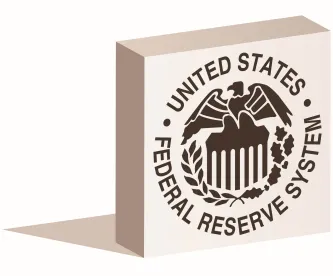Silicon Valley Bank, in response to deposit outflows, sold a significant portion of its securities portfolio at a loss. That loss, coupled with the announcement of a need to raise replacement capital, triggered an old-fashioned run on deposits. As part of the federal response to that failure and the failure of Signature Bank, the Board of Governors of the Federal Reserve System instituted its Bank Term Funding Program (Program) to make available additional funding to eligible depository institutions to assist in meeting the needs of depositors. The Program offers loans of up to one year in length to eligible financial institutions pledging US Treasuries, agency debt, mortgage-backed securities, and other qualifying assets as collateral. Importantly, these assets will be valued at par rather than at the current market value, which is likely below par, providing liquidity and eliminating an institution’s need to sell those securities at a loss. Under 12 CFR 201.4(a), a Federal Reserve Bank may extend primary credit under the main discount window lending program to a depository institution that is in generally sound financial condition in the judgment of the Reserve Bank. This is the standard for borrower eligibility under the Program.
The eligible collateral includes any collateral eligible for purchase by the Federal Reserve Bank in open market operations as set forth in 12 CFR 201.108(b), if owned by the pledging bank on March 12, 2023. The listed collateral consists of direct obligations of, and obligations fully guaranteed as to principal and interest by, the United States or any agency of the United States; 20 agency securities or mortgage-backed securities are listed. Thus, the eligible collateral under the Program is narrower than the range of securities and loans eligible for pledge at the discount window, where collateral is valued at its fair market value. However, primary credit will value the collateral eligible for the Program at par, and margins for other collateral eligible for discount window financing remain the same.
In addition to securities eligible under 12 CFR 201.108(b), most community banks invest in tax-free securities issued by state and local governments, which are ineligible under the Program. Based on informal research by Frank W. Smith, III, of Smith Shellnut Wilson, LLC, the investment portfolios of a peer group of 400 banks in Mississippi and contiguous areas under $1 billion are, on average, composed of approximately 62% of securities that are eligible under the Program and 32% of securities consisting of state, municipality, and other securities that are ineligible and would not qualify. For a peer group of 90 banks with investment portfolios over $1 billion, on average, 56% of securities are eligible for the Program and 44% of securities are ineligible. Thus, the Program will provide some degree of additional liquidity cover, although no bank could afford an old-fashioned run such as the ones that hit Silicon Valley Bank and Signature Bank. On the other hand, very few banks have the level of unsecured deposits those banks apparently maintained.
Hopefully, the need for the Program will soon be moot.




 />i
/>i

